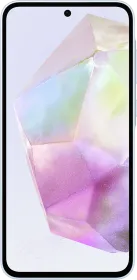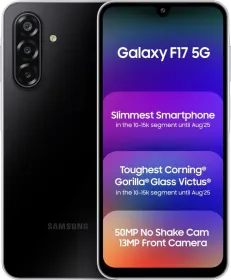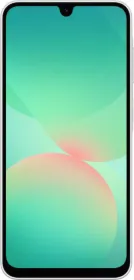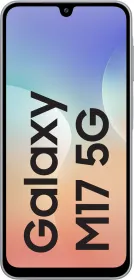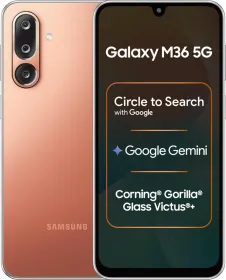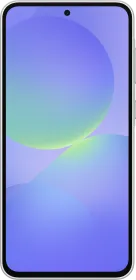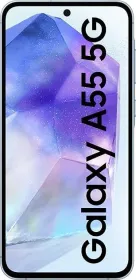When Apple unveiled the iPhone 15 Pro, it proudly touted its aerospace-grade titanium frame as a triumph of engineering. The marketing was clear. Titanium meant premium, strength, and Pro. But lost among last night’s blockbuster announcements for the iPhone 17 Pro, a new triple 48MP camera system, a much-needed vapor chamber, was a subtle but equally consequential change. The return of the aluminum frame.
At first glance, it feels like a step backward. Why would Apple abandon a headline material? Isn’t aluminum for the standard models? But dig deeper, and the switch is less about cutting costs and more about making the iPhone Pro better where it now counts: sustained performance, optical innovation, and real-world durability.

Titanium Was Never the Whole Story
The iPhone 15 Pro wasn’t a solid titanium slab. As industry teardowns revealed, it used a thin titanium shell bonded to a recycled aluminum internal frame. This hybrid design made the Pro models lighter than their stainless steel predecessors, but the drawbacks were clear. Titanium is expensive, difficult to machine, and its PVD coating could show dramatic marks when scratched. Aluminum, by contrast, has long been Apple’s pragmatic workhorse. The decision to make it the star of the iPhone 17 Pro isn’t backtracking; it’s smart engineering.
1. The Economic and Strategic Calculus: Cost, Scale, and Stability
Titanium’s biggest problem isn’t its strength; it’s the immense cost of machining it at Apple’s unprecedented scale. That expense doesn’t vanish; it either raises the phone’s price or limits the budget for other critical components. By returning to a more cost-effective aluminum unibody design, Apple could allocate its resources toward the groundbreaking 100mm f/2.8 tetraprism telephoto lens and the essential vapor chamber cooling system, upgrades with tangible user benefits.

But the financial calculus extends far beyond the bill of materials. It’s a strategic hedge against long-term volatility. The supply chain for aerospace-grade titanium is complex and geopolitically sensitive, subject to cost fluctuations and the influence of a few key producing nations. Betting the world’s most popular premium smartphone on such a material introduces significant long-term risk to Apple’s manufacturing pipeline.
Aluminum, by contrast, is a globally sourced commodity with a far more stable and diversified supply chain. Apple has spent over a decade perfecting its aluminum sourcing and recycling at an immense scale for its other products. By returning the iPhone Pro to this well-understood and de-risked material, Apple isn’t just managing the cost of one device; it’s ensuring the stability of its entire production forecast for years to come. It’s a move that prioritizes resilience over exotic materials.
ALSO READ: Apple Sneaks Anti-Reflective Coating into Every iPhone 17 Model, Including the iPhone Air
2. The Thermal Imperative

The single most important reason for the switch might not be cost, but thermodynamics. Titanium is a notoriously poor conductor of heat compared to aluminum. The new A19 Pro chip, especially when processing ProRes RAW video or running on-device AI models, generates an immense thermal load. While the new vapor chamber is the primary solution, the entire phone chassis acts as a passive heatsink. An aluminum frame is a far more effective thermal conductor, allowing it to draw heat away from the core components and dissipate it more efficiently. In this sense, the aluminum isn’t just a frame; it’s an integral part of the new cooling architecture. To achieve the sustained performance Apple is promising, this change was likely non-negotiable.
ALSO READ: My iPhone 16 Pro is Barely a Year Old, But I’m Upgrading to the iPhone 17 Pro. Here’s Why
3. A Lighter Pro Is Still a Better Pro
Even with the new internal hardware, ergonomics matter. Apple’s Pro phones have grown larger, and every gram counts. Aluminum alloys offer a superior strength-to-weight balance, allowing Apple to shave off crucial weight and make the larger 6.3-inch and 6.9-inch models noticeably more comfortable to hold during long shoots or gaming sessions.
4. More Durable Unibody Design

The iPhone 17 Pro’s new aluminum unibody design is lighter than its steel predecessors and more pragmatic than titanium. A key advantage of this shift is that a unibody is precision-milled from a single, solid block of metal.
This process creates a chassis that is inherently stronger and more rigid, with fewer seams or potential points of failure. It allows for tighter manufacturing tolerances, resulting in a more solid, seamless feel in the hand, and the space-efficient construction can even contribute to freeing up crucial internal volume for other components, like the larger battery.
This robust frame is protected by Ceramic Shield 2 on the front—now 3x more scratch-resistant—and, for the first time, a durable Ceramic Shield finish on the back. This isn’t just about aesthetics; it’s about building a more reliable and field-ready device that can withstand the rigors of daily use.
ALSO READ: AirPods Pro 3’s Real Upgrade Isn’t Sound; It’s a Fix for an Awkward Human Problem
5. Finally, Pro iPhones in Colors That Pop

Titanium’s PVD coatings limit color options to muted tones. Aluminum, however, can be anodized into a wide spectrum of vibrant finishes. For a device that doubles as a creative statement, this versatility matters. The switch to aluminum gives Apple the freedom to deliver expressive and durable finishes, like the confirmed Orange and Deep Blue for the iPhone 17 Pro, without sacrificing quality.
6. Aluminum Is the Greener Choice
Apple has staked its brand on environmental responsibility, and aluminum plays perfectly into that narrative. It’s easier and more energy-efficient to recycle than titanium and carries a lower carbon footprint. By returning to aluminum, Apple not only improves the phone’s practical design but also strengthens its environmental credibility.

Aluminum Isn’t a Downgrade, It’s an Upgrade
The titanium experiment served its purpose. It lightened the iPhone 15 Pro compared to stainless steel, and it gave Apple a marketing hook. But for the iPhone 17 Pro, aluminum is the more balanced, consumer-friendly choice.
- It makes the phone potentially cheaper without compromising on features.
- It’s lighter and more comfortable in daily use.
- It’s durable in real-world drops, not just in lab tests.
- It unlocks bold, expressive colors.
- It’s better for the planet.
Apple’s shift isn’t about abandoning “premium” materials; it’s about recognizing what actually matters in a device millions of people will carry every day. Far from being a downgrade, the return to aluminum is a refinement. And if Apple uses the savings to deliver a bigger battery or the new 48-megapixel telephoto-equipped camera setup? That’s when the iPhone 17 Pro truly earns its “Pro” name.
You can follow Smartprix on Twitter, Facebook, Instagram, and Google News. Visit smartprix.com for the latest tech and auto news, reviews, and guides.
















